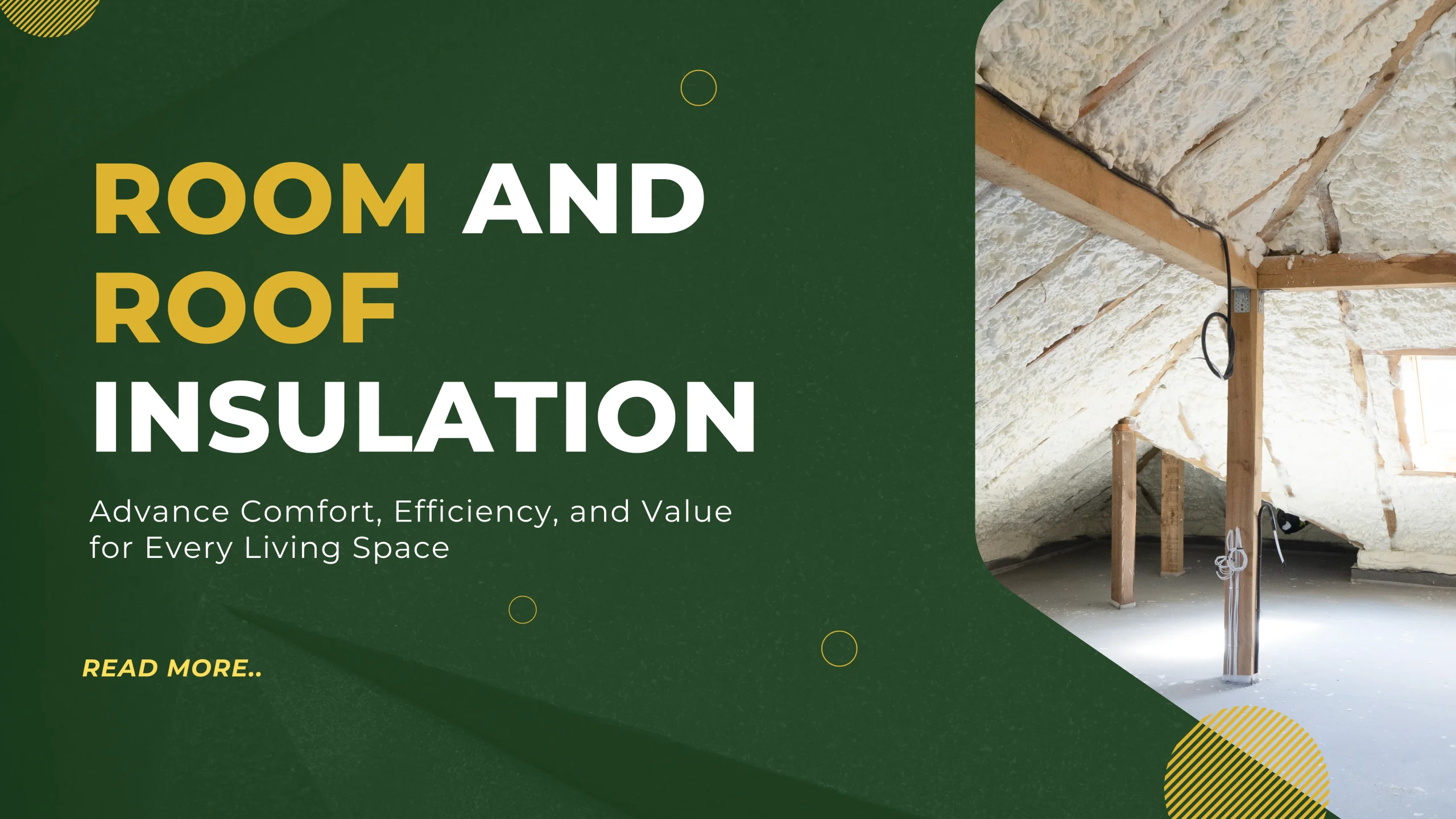Cellulose insulation stands out as a revolutionary approach to enhancing indoor comfort while promoting environmental responsibility. Crafted from recycled materials, this innovative option redefines what it means to insulate homes and businesses efficiently and safely. For those new to this material, understanding
what cellulose insulation is made
of is vital it’s primarily composed of repurposed paper, treated with non-toxic agents to ensure fire resistance and long-lasting performance.

The Smart Solution for Sustainable Comfort and Energy Savings
Why Choose Cellulose Insulation? Key Benefits for Today’s Homeowner
Adopting cellulose insulation brings a wealth of advantages that go beyond basic thermal resistance. Let’s explore what sets it apart:
- Eco-Friendly Composition: Made from up to 85% recycled content, cellulose insulation reduces landfill waste and supports a sustainable lifestyle.
- Superior Air Sealing: Its dense structure fills gaps and crevices, providing exceptional draft control and thermal retention.
- Fire Resistance: Special treatment with borate ensures enhanced safety compared to traditional materials.
- Outstanding Soundproofing: The thick, fibrous texture absorbs sound, creating quieter living and working spaces.
- Cost-Effective Installation: Offers impressive energy savings over time due to reduced heating and cooling demands.
Important Instructions for Identifying Insulation Materials
A crucial step for property owners is knowing how to tell the difference between cellulose and asbestos insulation. While both may appear similar, cellulose is soft, gray, and lightweight, whereas asbestos tends to be more rigid and hazardous. Always consult professionals for accurate evaluation to ensure safety and compliance.
Types of Cellulose Insulation: Exploring Options
There are several varieties to suit different needs:
- Blown-in cellulose insulation: Ideal for attics and wall cavities, providing seamless coverage.
- Cellulose blown-in insulation: A method that ensures even distribution, maximizing effectiveness.
- Dense-pack cellulose: Perfect for retrofits, offering superb air barrier qualities.
Each type delivers unique benefits, making it easy to tailor solutions for diverse spaces.
Is Cellulose Insulation Safe? What Every Homeowner Should Know
Safety is a top concern in every renovation decision. Many ask, Is cellulose insulation safe? The answer is yes thanks to rigorous treatment processes, it’s non-toxic, mold-resistant, and free from harmful fibers found in alternatives like fiberglass.
Comparing Cellulose to Other Materials: Making the Right Choice
The debate between fiberglass and cellulose insulation is ongoing. Cellulose generally provides better coverage and fewer air leaks, while also contributing to a healthier environment due to its recycled origins. When considering a switch, look for cellulose insulation R-value a key metric for thermal performance—often surpassing other materials in effectiveness.
Blown-In Cellulose Insulation: The Future of Energy Efficiency
Advancements in blown cellulose insulation techniques have revolutionized the installation process. This method ensures that every nook and cranny is insulated, minimizing energy loss and maximizing comfort. Homeowners in various regions, including those seeking cellulose insulation UK options, find this to be a highly efficient choice for both retrofits and new builds.
Performance Metrics: Understanding Cellulose Insulation R Value
Thermal resistance, or cellulose insulation R-value, is pivotal for gauging insulation effectiveness. Higher values mean better performance cellulose consistently meets or exceeds industry standards, keeping interiors cozy in winter and cool during summer.
Easy Installation: The Blow-In Cellulose Method
Innovative techniques like blow-in cellulose insulation offer quick, mess-free application. This approach minimizes disruption and ensures optimal results, making it an attractive option for busy homeowners and contractors alike.
Pioneering Excellence in Cellulose Insulation
Golden Globe Ltd is at the forefront of delivering advanced, eco-conscious insulation solutions. Their commitment to premium quality ensures every project benefits from superior thermal performance and long-term savings. With Zimtech Solutions, you invest in comfort, sustainability, and peace of mind.
Important Instructions for Choosing the Right Insulation
When selecting the best option, it’s essential to:
- Look at the aims of the organization and the requirement for scalability.
- Consult experienced professionals for guidance.
- For the best effects, choose high-tech materials like cellulose insulation.
- Verify safety certifications for every product used.
- Put the long-term value and effect on the environment first.
The Future of Insulation: Why Cellulose is the Top Choice
As building trends shift toward sustainable practices, cellulose insulation has emerged as the preferred choice for eco-conscious property owners. Its unique blend of performance, safety, and environmental benefits positions it as the material of tomorrow today.
FAQs
What is cellulose insulation made of?
Cellulose insulation is primarily produced from recycled paper fibers treated with non-toxic fire retardants for enhanced safety.
Is cellulose insulation safe for homes?
Yes, it is considered safe due to its eco-friendly composition and resistance to mold and pests.
How does blown-in cellulose insulation improve energy efficiency?
Blown-in cellulose insulation fills in cracks and gaps, which stops air leaks and makes the thermal performance better.
Can cellulose-blown-in insulation reduce noise?
Absolutely, its dense structure offers excellent soundproofing for quieter indoor spaces.
What is the cellulose insulation R value?
Cellulose insulation usually has a high R value, which means it may withstand heat well and save you money on energy.
How can we tell the difference between cellulose and asbestos insulation?
Cellulose is soft, gray, and lightweight, while asbestos appears more rigid and fibrous—always seek expert evaluation if unsure.
Where can I find cellulose insulation in the UK?
Several reputable suppliers offer cellulose insulation UK-wide, with many options suited for retrofits or new builds.






